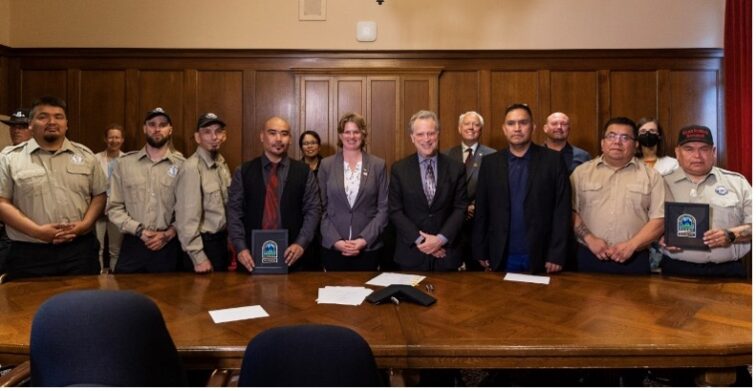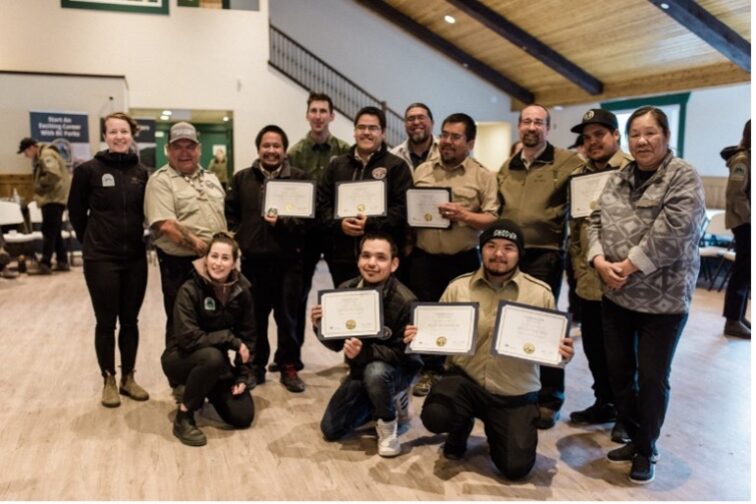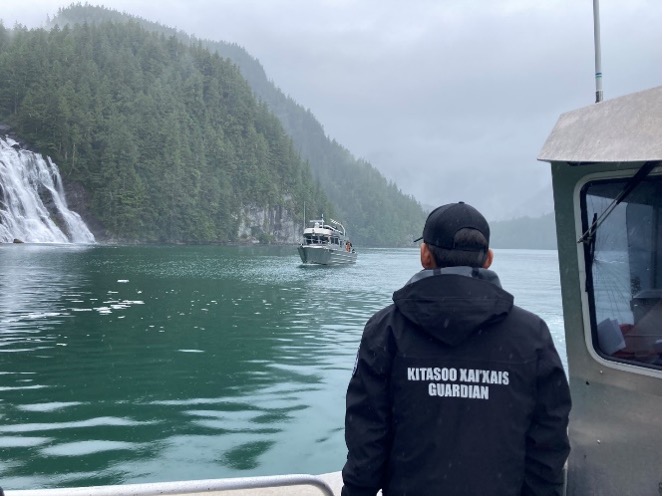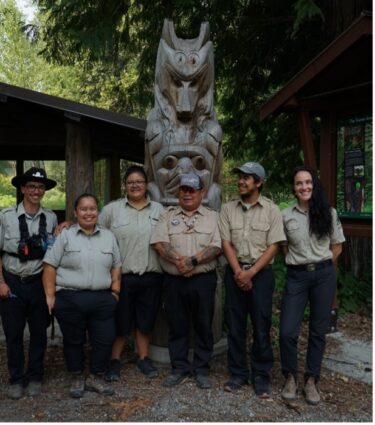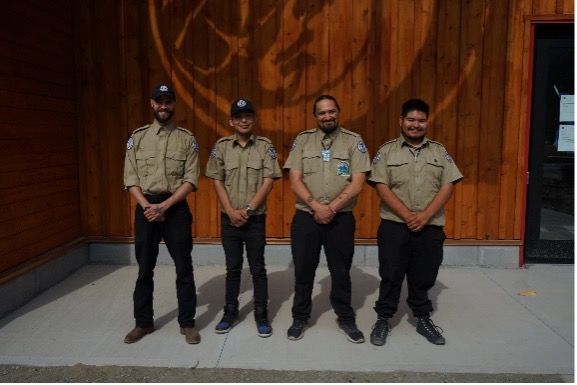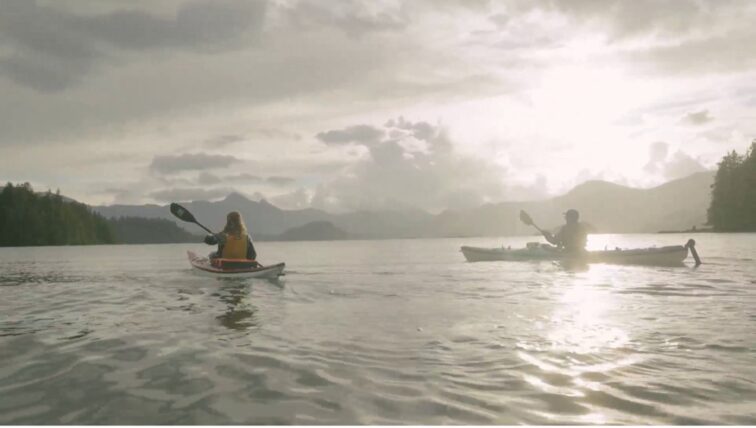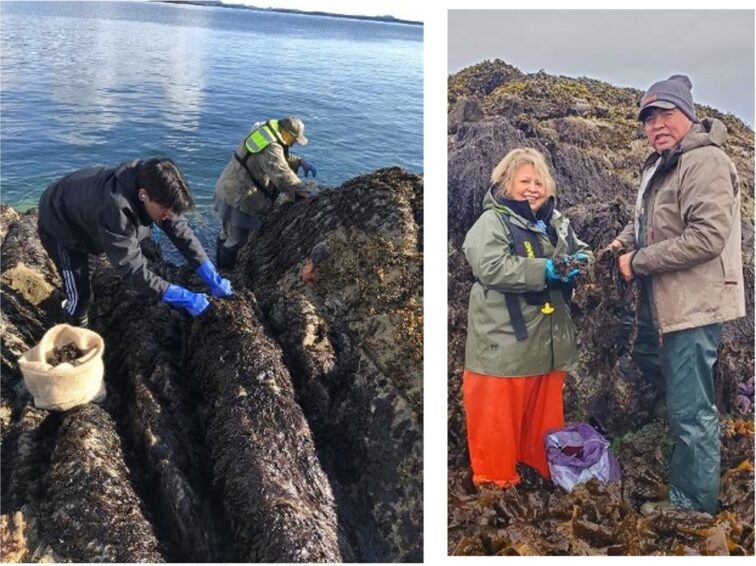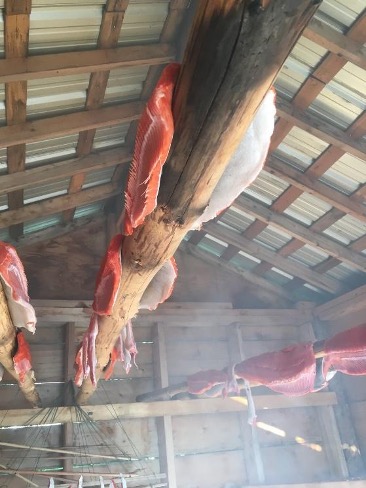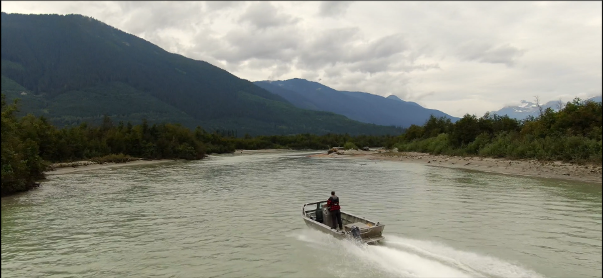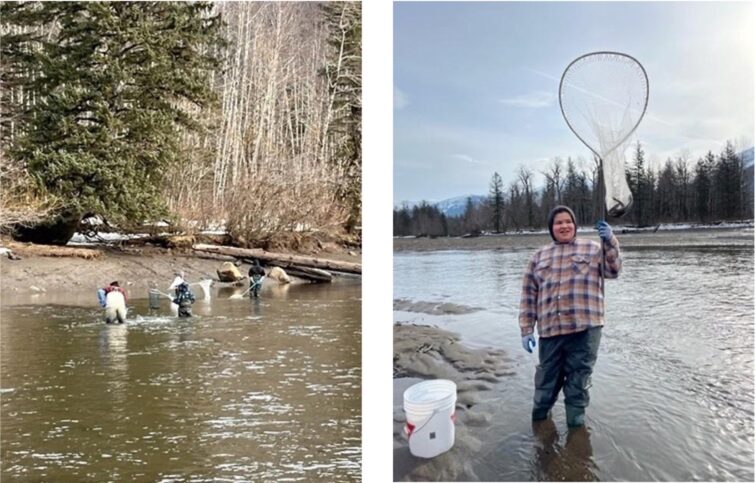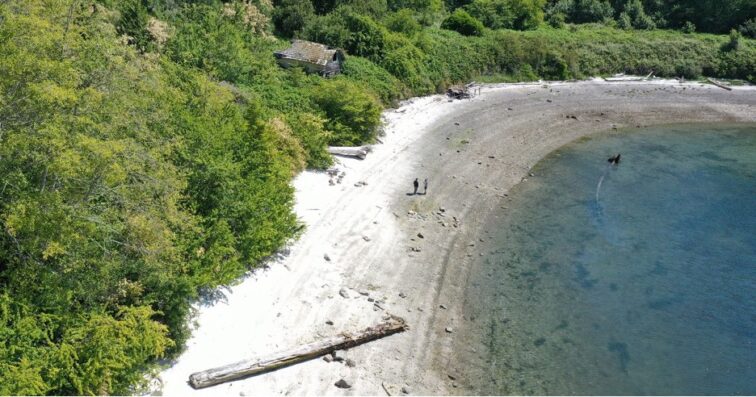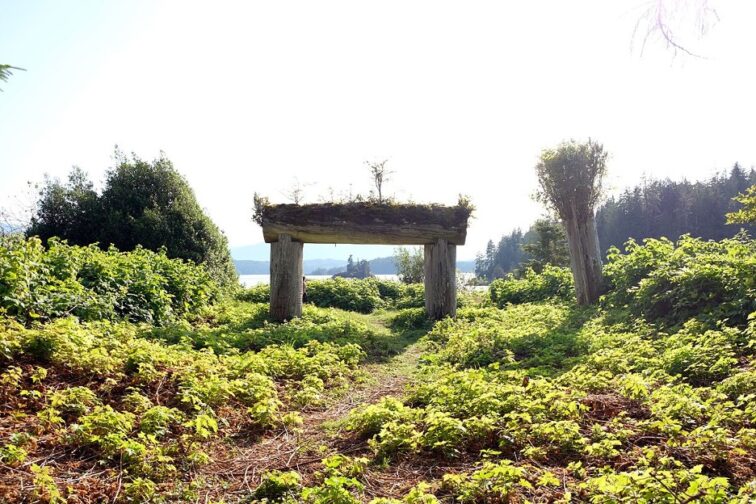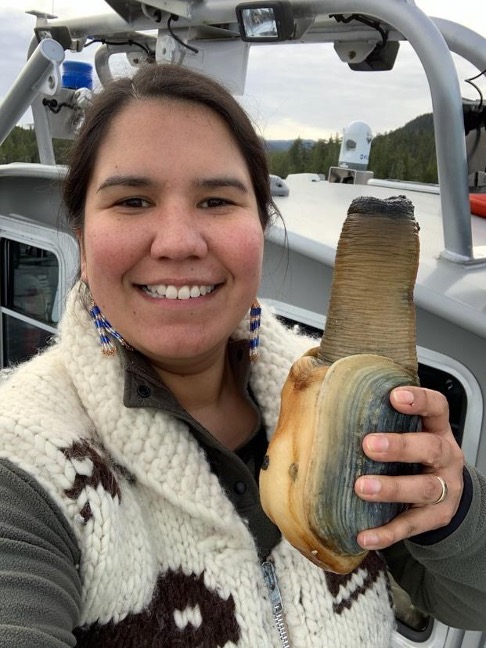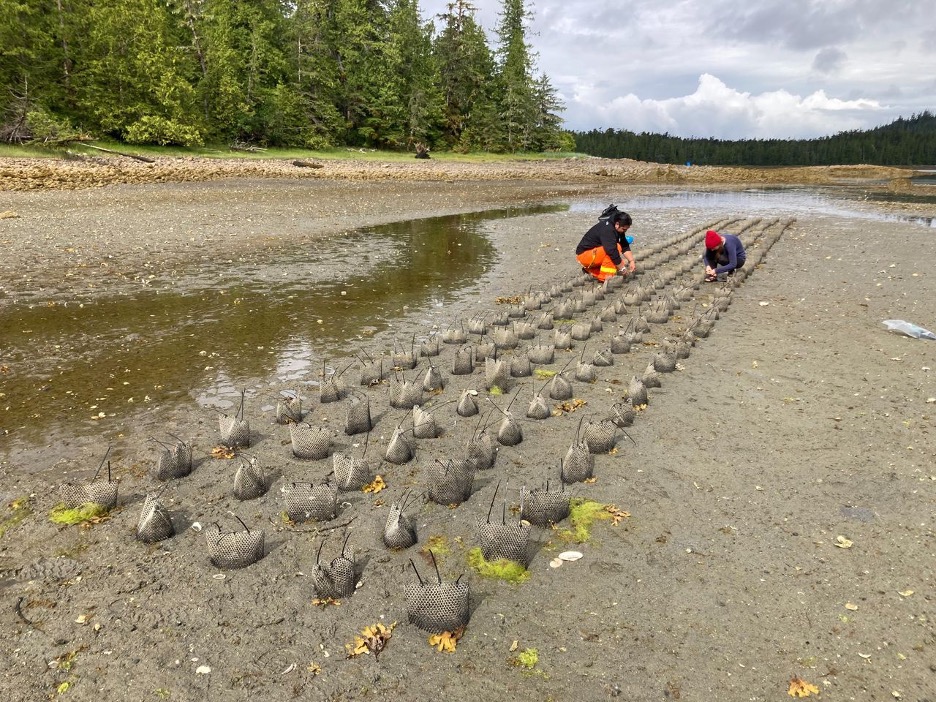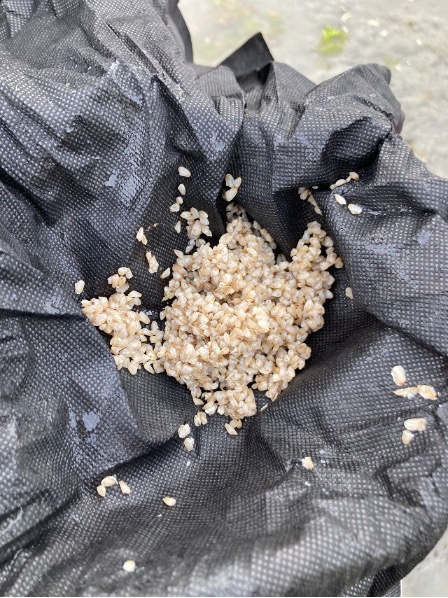Supporting the next wave of collaborative marine stewardship on the North Pacific Coast
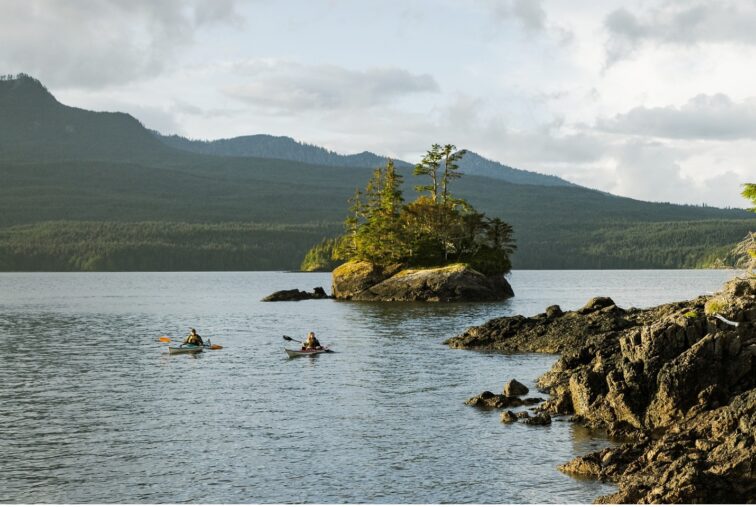
Kayakers in Xaana Kaahlii (Skidegate Inlet) Photo by Shayd Johnson. Read more about respectful marine tourism around the shores of Haida Gwaii
Healthy, thriving communities and marine ecosystems along British Columbia’s North Pacific Coast matter to us all. As of Spring 2024, the Marine Plan Partnership for the North Pacific Coast (MaPP) strengthens its role in marine stewardship by joining with Coast Funds, an Indigenous-led organization created to support First Nations’ stewardship and sustainable development projects in the Great Bear Rainforest and Haida Gwaii.
“MaPP’s decision to partner with Coast Funds is a significant step toward embracing integrated approaches to multiple marine stewardship initiatives in the region. This partnership moves us forward on reconciliation through Coast Funds’ model of Indigenous-led conservation financing.” – Xaad xyaalaa Christine Smith-Martin, CEO, Coastal First Nations-Great Bear Initiative
With a mandate directly aligned with MaPP’s focus on an ecosystem-based management approach to marine planning and management, Coast Funds – which will support the MaPP Partners with fund administration, investment management, and financial reporting – provides the ideal financial home for MaPP.
“At Coast Funds we are inspired by the work of the MaPP partners and look forward to working together to deliver durable, long-term financing that supports the partners to collaborate on the stewardship of the North Pacific Coast”. – Eddy Adra, CEO, Coast Funds
Since 2011, MaPP has been supported by MakeWay Charitable Society through an innovative, shared services platform that has empowered local leaders and built deep and meaningful relationships with communities and MaPP Partners. Through their commitment to empowerment and reciprocity, MaPP and Coast Funds will build on this progress and carry on the evolution of collaborative marine governance.
“Coast Funds has supported First Nations in the Great Bear Rainforest and Haida Gwaii for 15 years to help achieve their conservation, stewardship and economic development goals. We are looking forward to their involvement as we continue to work with our First Nations partners through MaPP to protect coastal ecosystems and advance sustainable economic opportunities in the Great Bear Sea.” – Hon. Nathan Cullen, Minister of Water, Land and Resource Stewardship
Through this exciting new strategic partnership with Coast Funds, the MaPP Partners remain well-positioned to nurture healthy, thriving communities and ecosystems along British Columbia’s North Pacific Coast.
LEARN MORE
The Marine Plan Partnership for the North Pacific Coast (MaPP) is a co-led initiative between 17 First Nations and the Government of British Columbia that has developed and is implementing marine plans for B.C.’s North Pacific Coast, now and into the future. MaPP continues to demonstrate the leading-edge power of collaboration between First Nations and the Province to implement marine plans that balance sustainable economic development with environmental stewardship.
Coast Funds, created in 2007 as part of the Great Bear Rainforest agreements, is a globally recognized Indigenous-led conservation finance organization entrusted to manage funds for First Nations’ stewardship and economic development priorities. Through investments with Coast Funds, First Nations are strengthening community well-being and protecting the ecological integrity of the Great Bear Rainforest and Haida Gwaii regions of British Columbia, Canada. Since its inception, Coast Funds’ board of directors has approved $118.2 million towards 474 stewardship, conservation, and sustainable economic development projects led by First Nations.




